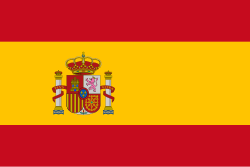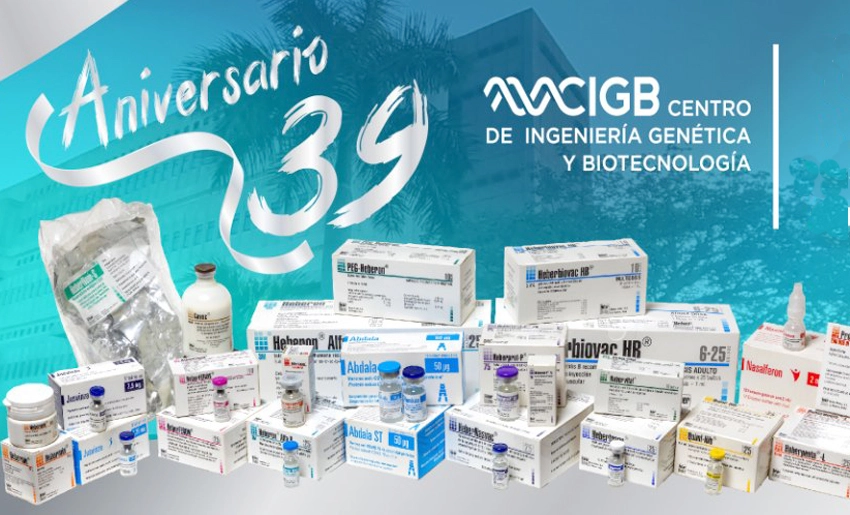In view of its 39th anniversary, the Center for Genetic Engineering and Biotechnology (CIGB) is carrying out a communication and educational campaign on social networks that showcases the history and significance of its extensive product portfolio.
With the #CIGB Anniversary/ Did you know? the emblematic leading institution of the Cuban biopharmaceutical industry, which will celebrate its 39th anniversary on July 1st, publishes in several posts the origin and development of its drugs, including the Heberbiovac_HB vaccine, obtained in 1989 and the first one with that technology produced in the Caribbean island.
It became a milestone in Cuban science and was later exported to several countries. Its recombinant DNA technology made it possible to obtain a highly effective and safe formula, comparable to the best worldwide, and it was also prequalified by the WHO, according to the CIGB.
Through this innovation, Cuba managed to control hepatitis B, recalls the CIGB, after highlighting that the injectable has been included in the National Vaccination Program since 1992, and has protected millions of Cubans.
The Center for Genetic Engineering and Biotechnology is the creator of antiviral, immunomodulatory, antibacterial and bacteriostatic biopharmaceuticals, as well as products for the healing of neuropathic and ischemic diabetic foot ulcers, just to mention some of its broad portfolio for human health. It highlights the development of the pentavalent vaccine, one of the few in the world that protects children against five diseases with a single dose.
The development of the Heberpenta-L liquid pentavalent vaccine, one of the few in the world that protects children against five diseases with a single dose (diphtheria, tetanus, pertussis, hepatitis B and Haemophilus influenzae type b infections), simplifying vaccination schedules, stands out.
Unlike other pentavalent vaccines (which are lyophilized), its ready-to-use liquid presentation avoids errors in its preparation and facilitates its application in mass immunization campaigns.
Due to its advanced technology, it offers high efficacy (over 95%) and a safety profile proven in clinical studies. As a product of Cuban biotechnology, it guarantees its accessibility in countries with limited resources.
Its design allows for a long-lasting immune response, especially protecting children in their first years of life, since it is applied from two months of age, they emphasize.
With its use, Cuba and other nations advance in the elimination of preventable diseases, demonstrating the impact of Cuban science at the service of global health, the CIGB emphasizes.
With its use, Cuba and other nations are making progress in the elimination of preventable diseases, demonstrating the impact of Cuban science at the service of global health, the CIGB emphasizes.
Inaugurated on July 1st, 1986, the Center for Genetic Engineering and Biotechnology is a large research-productive complex equipped with state-of-the-art equipment, important production capacities and a staff engaged in the development of new products in all its phases, from cloning and protein expression with DNA recombination techniques to industrial-scale production and commercialization of its products.
Among its main lines of work are the recombinant production of proteins and hormones, vaccines and diagnostic media, the production of monoclonal antibodies, the use of biomass and its transformation by chemoenzymatic means and the micropropagation of cells and tissue cultures.
With information from Prensa Latina
Translated by Aliani Rojas Fernandez
- Campaign Against Arboviruses Intensifies in Moa - 13 de December de 2025
- The 11th Plenum of the Central Committee of the PCC Convenes - 13 de December de 2025
- ANPP readjusts its session period amid complex national scenario - 13 de December de 2025

